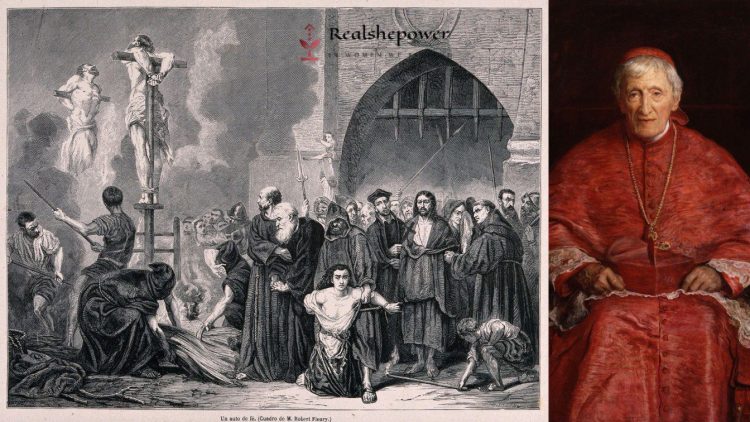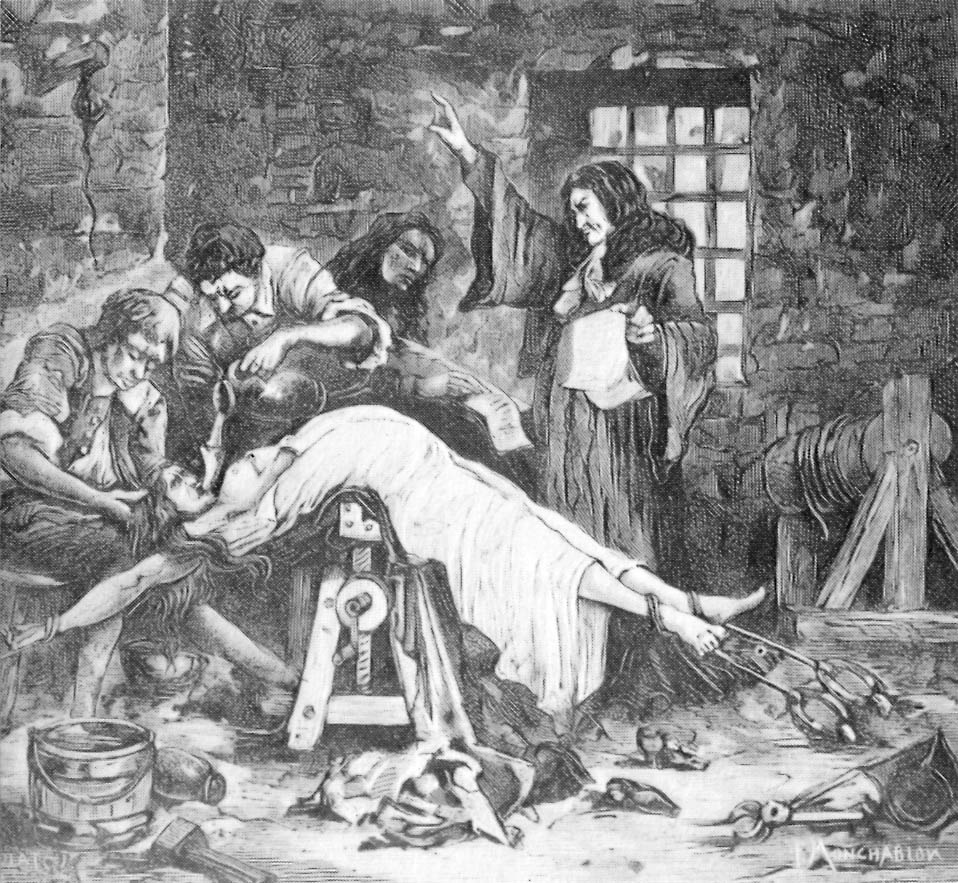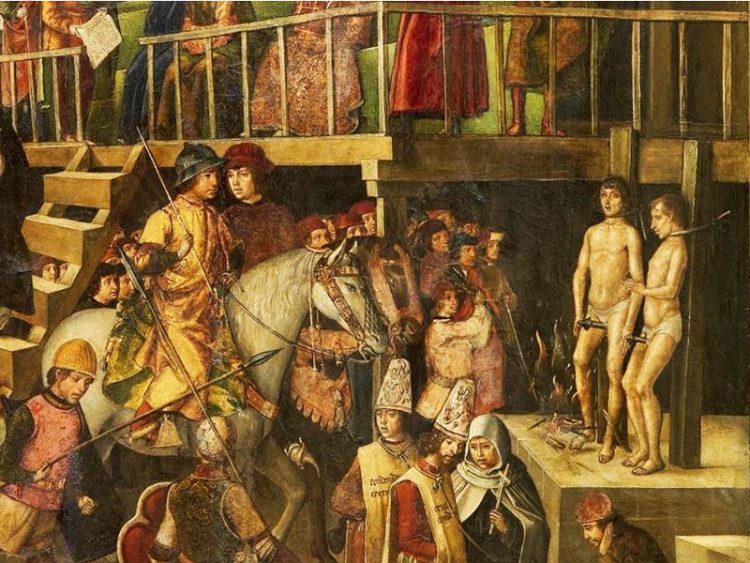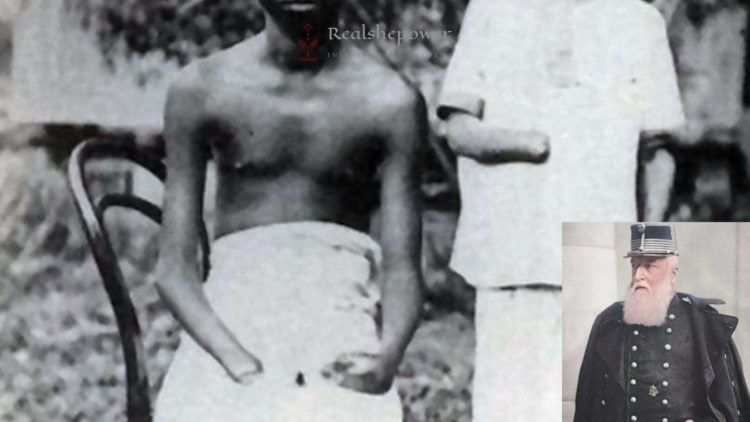The Deadly Spanish Inquisition: A History of 350 Years of Ethnic Cleansing


To learn about the Spanish Inquisition and its 350 years of history of ethnic cleansing, we must go back in time. In 1481 in Seville, devout Catholics surrendered to the authorities. They’re admitting to heresy or failing to follow the principles of the Catholic Church. But why?
The Spanish Inquisition arrived in Seville. In 1478, Pope Sixtus IV issued a decree ordering the Catholic monarchs Ferdinand and Isabella to root out heresy in the Spanish kingdoms, a confederacy of semi-independent kingdoms in what would become the modern country of Spain. The order, which came from the church, was sought by the monarchs. The Spanish kingdoms were culturally and religiously varied when the Inquisition began, with Jews, Muslims, and Christians coexisting in the same territories.
The Inquisition acted quickly to rid the land of non-Catholics. It would last 350 years or more.

The Inquisition was founded to operate as a tribunal to identify and prosecute heretics. This poured fuel to the flames of anti-Semitism; if you had a disagreement with a neighbour or acquaintance, you could accuse them of being Jewish and have them brought before a tribunal, where they would face real danger. Because of this simple means of retaliation, the frequency of false charges skyrocketed.
A “Grand Inquisitor,” a member of the clergy chosen by the monarch and queen, presided over a trial. With each new location, the Inquisition issued a “Edict of Grace.” The Edict of Grace, which usually lasted 40 days, promised pardon to individuals who confessed heresy. The inquisitors then proceeded to prosecute suspected heretics based on anonymous accusations. Victims were held captive for months, if not years. Their stuff was taken from them once they were arrested, leaving their family homeless. In these circumstances, victims confessed to the banalest acts of heresy, such as hanging linen to dry on a Saturday.

Source: Library of Congress, Washington, D.C.
The Inquisition targeted several groups of people over time. The monarchs issued a proclamation giving Spanish Jews four months to leave the nation in 1492, at the request of the merciless Grand Inquisitor Tomás de Torquemada. 250,000 people were expelled from the kingdom or forced to convert to Christianity, while those who remained experienced persecution.
Converts to Christianity, known as conversos, were even persecuted because authorities suspected them of secretly practising Judaism. Conversos were despised for both religious and economic grounds, as they made up a significant portion of the upper-middle class. Moriscos, or converts from Islam to Christianity, were steadily targeted by the Inquisition. In 1609, an order forced all moriscos to evacuate. Around 300,000 individuals have fled the situation.
250,000 people were expelled from the kingdom or forced to convert to Christianity, while those who remained experienced persecution.
Those who survived became the next targets of the Spanish Inquisition. Those found guilty of heresy were sentenced by the inquisitors in public gatherings known as autos de fé or religious acts of faith. Hundreds of people attended to watch the sinners’ procession, liturgy, and sermon. And finally, the judgments were announced. Most of the accused were sentenced to prison, exile, or the wearing of a sanbenito, a garment that identified them as sinners. The most severe punishment was “relaxado en persona,” a phrase for stake burning. This was a rare punishment, reserved for unrepentant and relapsed heretics.

On July 15th, 1834, 350 years after Queen Isabella began the Spanish Inquisition, her namesake, Queen Isabella II, legally dissolved it.
Historians disagree on how many people were killed during the Spanish Inquisition. Some say over 30,000, but most say 1,000 to 2,000. There are records of 67,521 trials, as well as evidence of their locations and the places of birth and residency of those who were tried.
However, the Spanish Inquisition’s ramifications go far beyond deaths. Hundreds of thousands of religious minorities were compelled to flee their homes, and those who stayed endured prejudice and economic suffering. Friends reported friends, neighbours accused neighbours, and even family members accused family members of heresy. People were doomed to live in fear and paranoia for centuries under the Inquisition.
African Holocaust: 10 million Africans Killed In Congo

Before Hitler killed 6 million Jews, Leopold II of Belgium killed almost 10 million Africans in Congo and amputated the arms of countless others. Continue to read to know about the hidden African holocaust.
You can now write for RSP Magazine and be a part of the community. Share your stories and opinions with us here.
